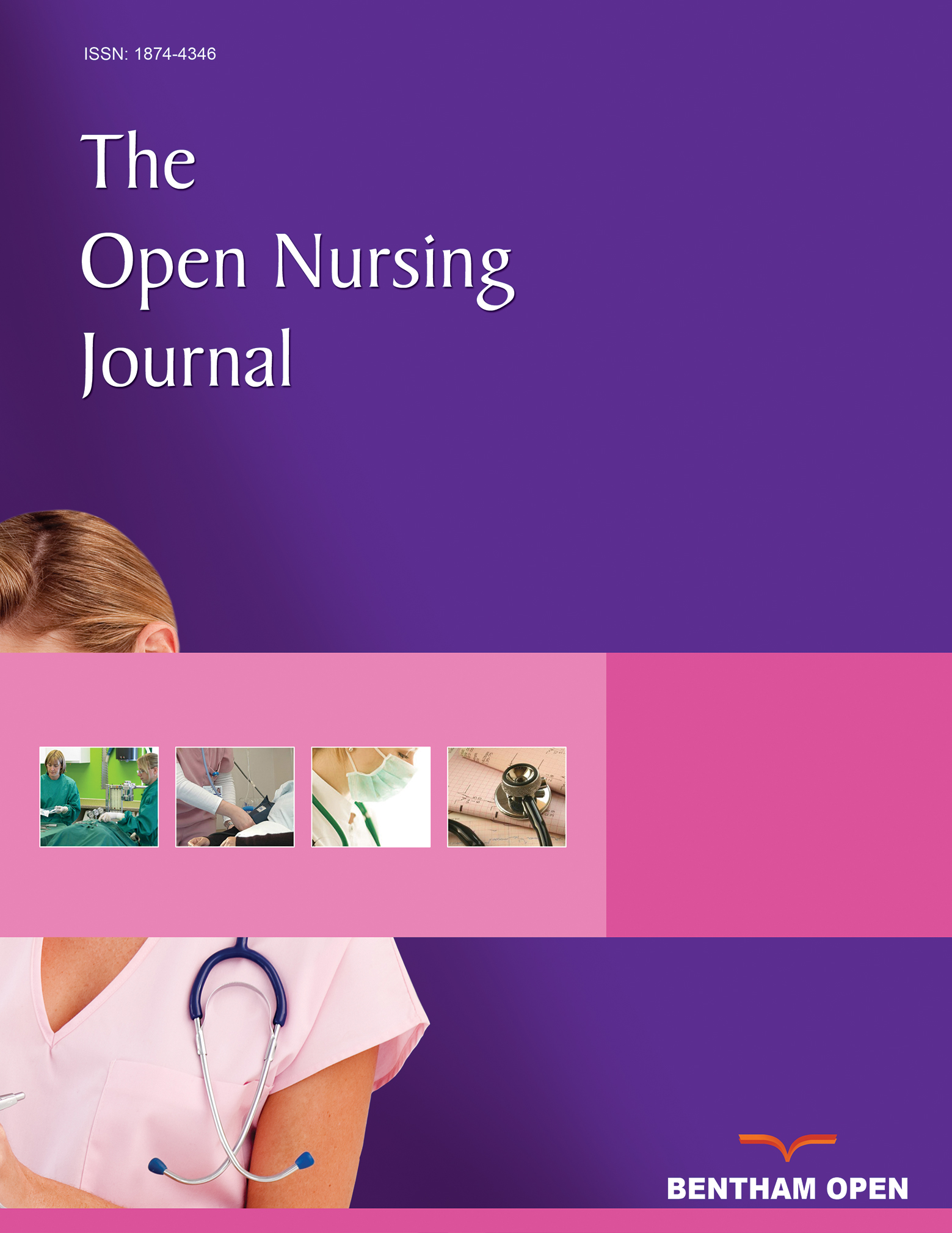All published articles of this journal are available on ScienceDirect.
Important Issues to Quality of Life Among Norwegian Older Adults: An Exploratory Study
Abstract
The increasing numbers of older people and higher expectations of a “good life” within societies, has lead to international interest in the enhancement of quality of life (QoL) among older adults. Understanding whether the same aspects of life are equally important to the life quality of subgroups of older people is important in helping health professionals plan social and health care policy and caring strategies. The purpose of this study was to describe the importance given to 38 areas of QoL among Norwegian older adults and to identify differences in importance ratings by age, gender, marital and health status. This exploratory study was conducted with 379 older adults (mean age 73.3 years, SD 6.9) consisting of two cohorts. The first cohort (n = 287) comprised of non-hospitalized participants, were recruited from two national senior organizations, two political senior organizations and a voluntary organization in Eastern Norway. Participants responded to a postal survey. The second cohort (n = 92) comprised of hospitalized and ambulatory patients, were recruited from three medical wards and one outpatient clinic at a county hospital in Eastern Norway. Data was collected by personal interviews and interview assisted. All importance ratings were found to reflect substantial areas of importance. Highest mean importance was assigned to activities of daily living, mobility, sensory abilities, health and home environment. Least important was sex life, adequate social help, chance to learn new skills, body image and appearance and free of dependence on medications and treatment. There were a number of significant mean group differences by age, gender, marital and health status. Sixteen of the items detected significant between- group differences. Future application of the importance questions could facilitate understanding and recognition of important issues in subgroups of older adults.


